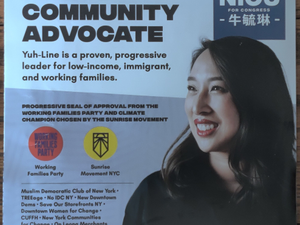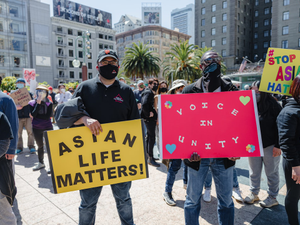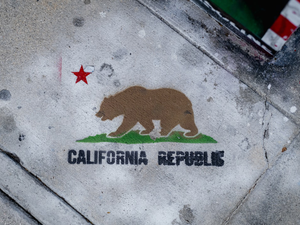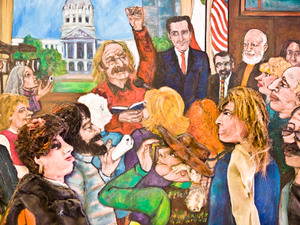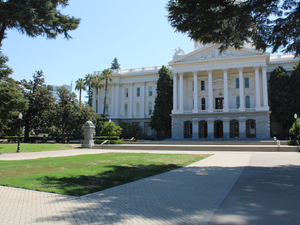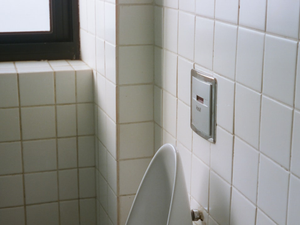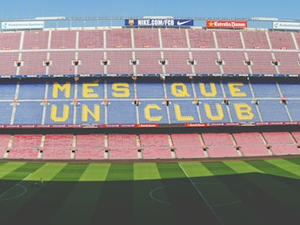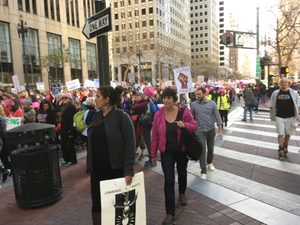SF's Homeless Crisis: A Déjà Vu of Epic Proportions
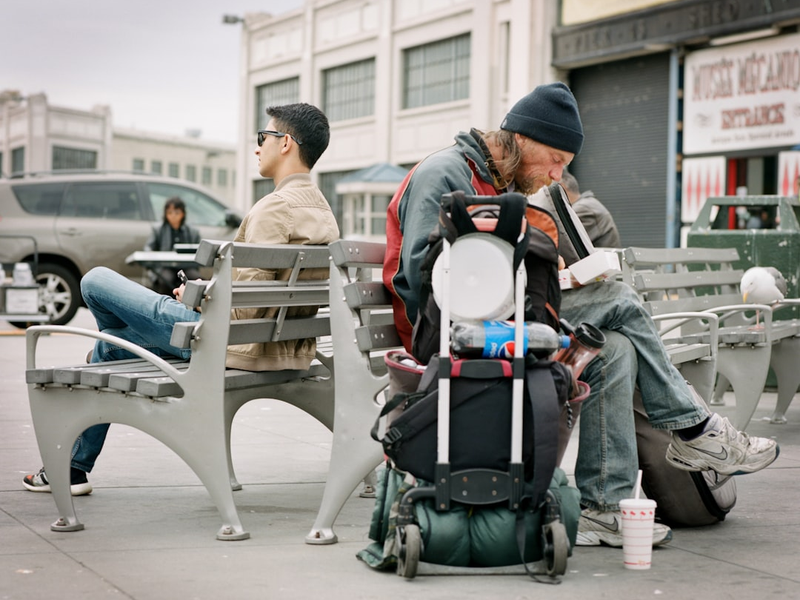
Photo by Benjamin Disinger on Unsplash
San Francisco’s homelessness saga is like a broken record, spinning the same tragic tune decade after decade. The city’s history of housing struggles isn’t just a contemporary issue, it’s a deeply rooted systemic problem that’s been brewing since the 1980s.
The parallels are eerily familiar: federal budget cuts slashing mental health services, skyrocketing housing costs, and economic transformations leaving vulnerable populations in the dust. Sound familiar? It should, because we’re basically living through a rerun.
A Tale of Systemic Inequity
Here’s the gut punch: African Americans, who make up just 4% of San Francisco’s population, represent a staggering 40-45% of the homeless community. This isn’t just a statistic, it’s a damning indictment of systemic racism and economic inequality.
The Youth Homelessness Epidemic
Youth homelessness isn’t a new phenomenon. Since the 1980s, organizations like Larkin Street Youth Services have been battling the root causes: family conflicts, parental loss, and lack of economic opportunities. The real kicker? Not having a high school diploma remains the strongest predictor of homelessness.
Broken Systems, Broken Promises
Despite well-intentioned housing programs, the system continues to fail those most in need. Coordinated housing assessments, while meant to prioritize vulnerability, often inadvertently push away families and newly homeless individuals who don’t fit neatly into bureaucratic algorithms.
As city leaders continue to reshape narratives and patch together temporary solutions, one thing remains crystal clear: San Francisco’s homelessness crisis demands radical, systemic change, not just another band-aid fix.
AUTHOR: mei
SOURCE: Local News Matters
